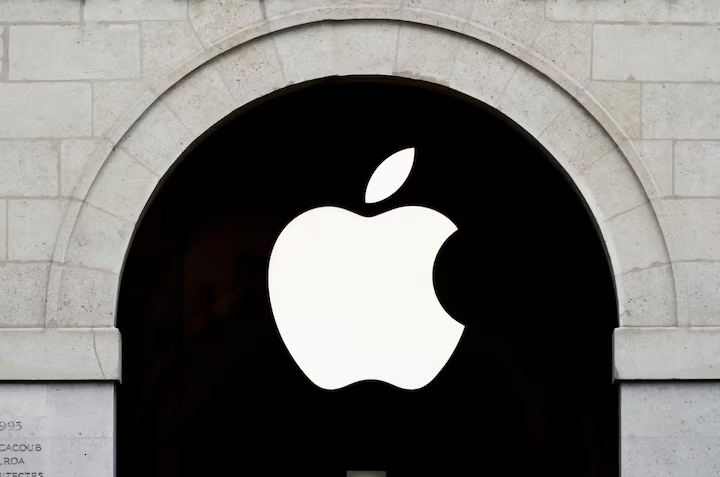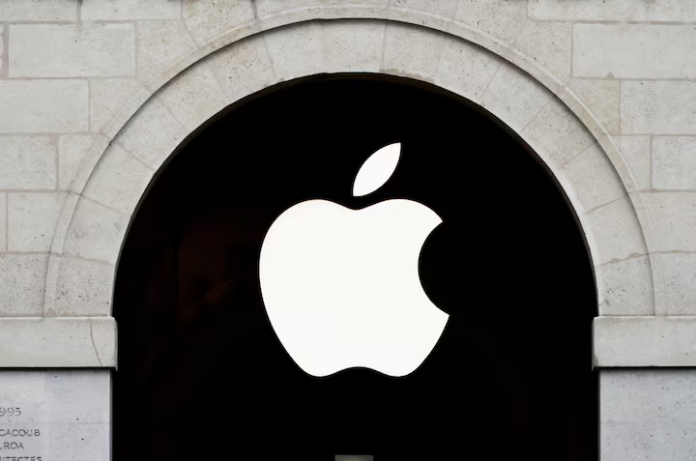Apple is exploring the use of generative artificial intelligence (AI) to accelerate the development of its custom chips, a move that could revolutionize how the company builds the core processors behind iPhones, Macs, and other devices.
Johny Srouji, Apple’s Senior Vice President of Hardware Technologies, made this revelation during a private speech last month in Belgium while accepting an award from Imec, a top semiconductor research organization. Imec collaborates with the world’s leading chip manufacturers on cutting-edge innovations.
In a recorded version of the speech reviewed by Reuters, Srouji walked through Apple’s chip development journey—from the first custom A4 chip that debuted in the iPhone in 2010, to the powerful processors that now run on Macs and the advanced Vision Pro headset.
One major takeaway, Srouji said, is the importance of staying on the bleeding edge of technology. “We learned early on that using the most advanced tools available is essential,” he noted, specifically highlighting the role of electronic design automation (EDA) software in Apple’s success.
Currently, EDA software giants like Cadence Design Systems and Synopsys are racing to integrate AI into their platforms. These tools allow engineers to design increasingly complex chips with greater speed and precision. Srouji acknowledged that Apple depends heavily on such partners to handle the intricacies of chip design, stating, “EDA companies are super critical in supporting our chip design complexities.”
What’s next? Apple is now eyeing generative AI—tools similar to ChatGPT or DALL·E but built for engineering—to reduce the time needed to design chips and significantly boost productivity. “Generative AI techniques have high potential in getting more design work done in less time, and it can be a huge productivity boost,” Srouji explained.
The company has already shown its willingness to take bold risks in chip development. When Apple made the major leap in 2020 to shift its Mac lineup from Intel processors to its own Apple Silicon chips, it had no backup plan.

“Moving the Mac to Apple Silicon was a huge bet for us. There was no contingency, no split-the-lineup strategy—we went all in,” Srouji said, highlighting the massive software effort required to pull it off.
This shift not only improved performance and energy efficiency across the Mac lineup but also gave Apple more control over its hardware ecosystem.
Now, by leveraging generative AI, Apple aims to push the envelope even further. The integration of AI could streamline design processes, identify inefficiencies, and create chip layouts that human engineers might miss—all while saving valuable time and resources.
As the tech industry leans deeper into AI-driven development, Apple’s potential move signals a future where hardware and AI innovation are more tightly integrated than ever before.



